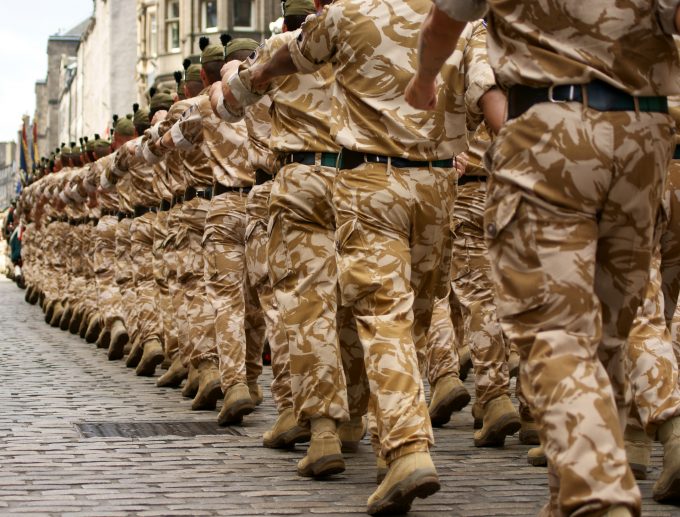Carriers warn of delays as congestion increases at North Europe's ports
Congestion levels are set to rise at ports across Northern Europe – expect schedule disruption, ...

The logistics supporting British Army operations will be transformed after the opening of a new defence fulfilment centre in November.
By consolidating freight, the Ministry of Defence (MoD) could see the number of annual shipments it procures reduce by some 40%, claimed the project leader.
Kuehne+Nagel (KN) is part of a consortium – which includes US firm Leidos and TVS Supply Chain Solutions – that last year was awarded a 13-year contract by the MoD to help transform its logistics services, understood to be one of the largest military logistics ...
Maersk u-turn as port congestion increases across Northern Europe
Apple logistics chief Gal Dayan quits to join forwarding group
Maersk Air Cargo sees volumes fall as it aims for 'margin in favour of revenue'
Houthis tell Trump they will end attacks on Red Sea shipping
Transpac rates hold firm as capacity is diverted to Asia-Europe lanes
Airlines slash freighter capacity post-de minimis, but 'the worst is yet to come'
MSC revamps east-west network as alliance strategies on blanking vary
India-Pakistan 'tit-for-tat' cargo ban sparks sudden supply chain shocks


Comment on this article